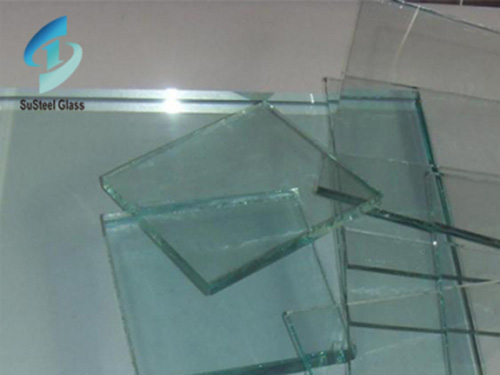With an increasing emphasis on sustainable development in society, the construction industry is actively seeking environmentally friendly solutions. In this context,
green glass, as an innovative building material, not only imparts a unique aesthetic to structures but also demonstrates outstanding performance in environmental friendliness and energy efficiency.
1. Manufacturing Process of Green Glass:
The manufacturing process of green glass prioritizes reducing environmental impact. Advanced production technologies are employed to minimize energy consumption and waste generation, making it an ideal choice for sustainable construction.
2. Environmental Advantages in Energy Efficiency:
The widespread use of green glass in construction brings significant environmental benefits:
Thermal Insulation:
Green Tinted Glass can partially block ultraviolet and infrared rays, effectively reducing the heating and cooling loads within a building and lowering the energy consumption for air conditioning and heating.
Self-Cleaning Function: Some types of green glass incorporate self-cleaning coatings that utilize sunlight to decompose pollutants, maintaining a clean surface and reducing the frequency of cleaning and maintenance, thereby decreasing the demand for cleaning agents.
3. Innovative Architectural Design:
The unique color and texture of green glass offer a wealth of design possibilities for building exteriors. Ranging from deep emerald hues to crystal-clear transparency, different colors and textures of green glass infuse buildings with vitality and a modern aesthetic.
4. Enhanced Indoor Comfort:
Green glass contributes to regulating indoor lighting and temperature, creating a more comfortable indoor environment. This aids in improving employee efficiency and providing a more pleasant living space.
5. Driving Green Building Certifications:
With the advancement of green building concepts, an increasing number of projects consider the application of green glass. Green building certification systems, such as LEED certification, have specific requirements for the use of environmentally friendly building materials, driving the widespread adoption of green glass in construction.
6. Future Development Trends:
As technology continues to advance, and society pursues sustainability, the outlook for the application of green glass in construction is promising. In the future, we can expect to see more innovative green glass products injecting additional elements of green and sustainability into architecture.
In conclusion, green glass not only enhances the aesthetics of buildings but also represents a significant step toward sustainable development in the construction industry. As we strive to construct more environmentally friendly and energy-efficient buildings, green glass stands out as a remarkable choice in sustainable architecture.
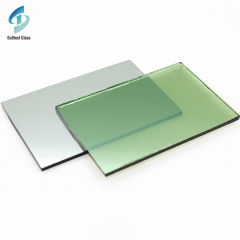


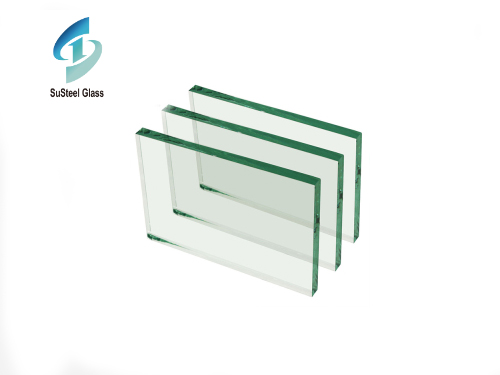 High Purity Tin Ingot: Essential Uses and Key Advantages
High Purity Tin Ingot: Essential Uses and Key Advantages
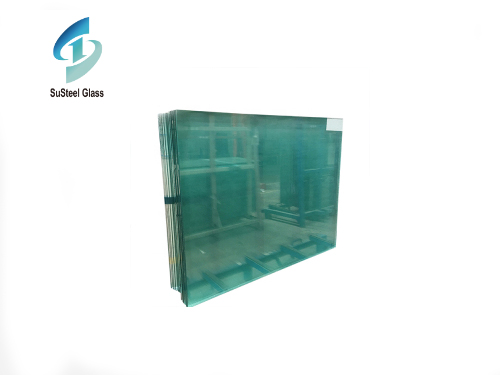 Burglar-Resistant Glass: Enhancing Security and Peace of Mind
Burglar-Resistant Glass: Enhancing Security and Peace of Mind
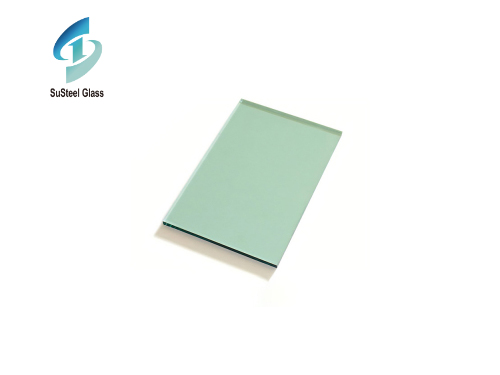 Exploring the World of Green Tinted Glass Products: Versatility and Sustainability
Exploring the World of Green Tinted Glass Products: Versatility and Sustainability


